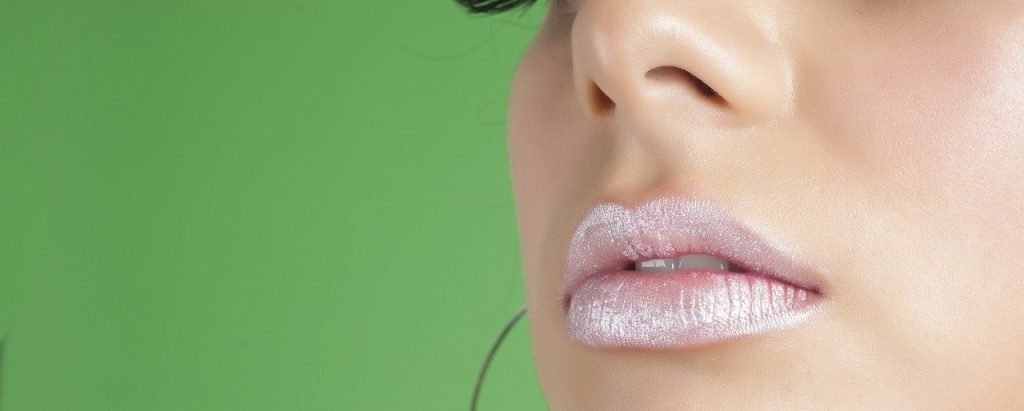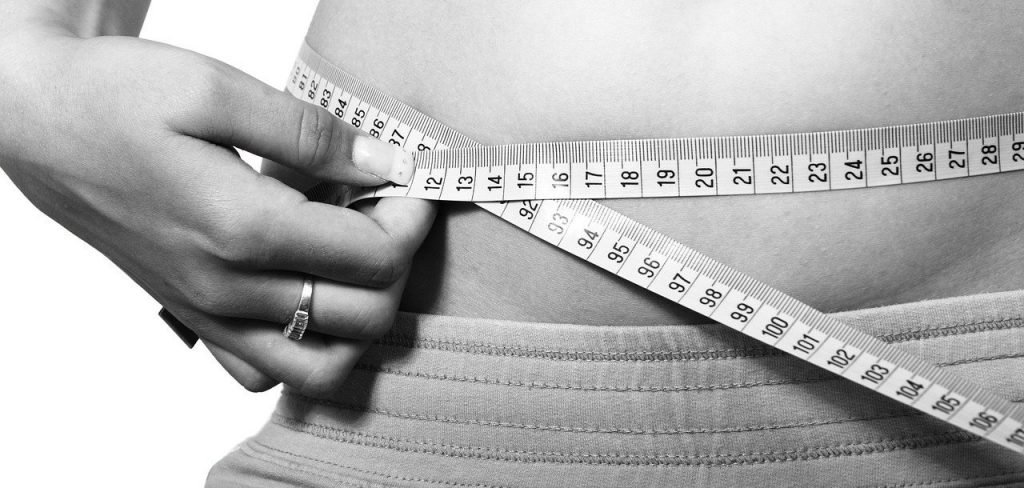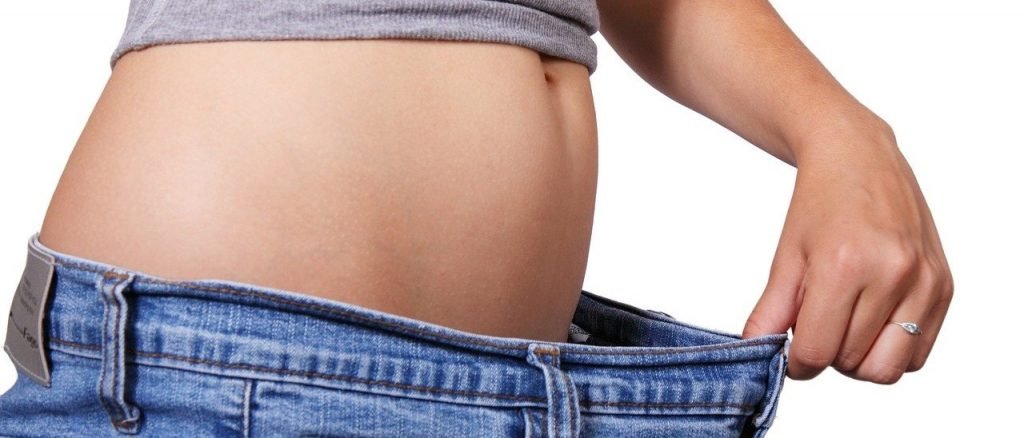The art and science of plastic surgery are evolving every day, and the last year was particularly progressive. We saw rises in groundbreaking procedures like non-surgical nose jobs and CoolSculpting. Yet, for all of that innovation, the most popular procedures are relative mainstays.
According to the American Society of Plastic Surgeons’ (ASPS) annual report on plastic surgery trends, 17.7 million surgical and minimally-invasive procedures (such as injectables) were performed in the United States in 2018, which is up two percent from the previous year. (Figures from 2019 aren’t yet available.)
Botulinum toxin type A injections—better known by their brand names Botox, Dysport, Xeomin, and, introduced last year, Jeuveau—took the top spot for minimally-invasive treatments. According to the ASPS report, 7.43 million botulinum toxin type A procedures were performed in 2018, which is up five percent from just two years earlier and 845 percent since 2000.

As popular as ever
While Botox is used mainly to treat wrinkles, its enduring popularity can be attributed at least in part to the growing variety of procedures it can be used for, such as the treatment of hyperhidrosis (excessive sweating) and migraines.
That said, this latest wave of popularity appears to have more to do with the decreasing taboos around injectables. More patients are trying botulinum toxin type A for the first time, including more male patients and patients at both ends of the age spectrum. I’ve written a lot here in recent months about “Baby Botox,” which is a treatment that uses smaller doses of botulinum toxin type A as more of a preventative measure in younger patients.
Don’t call it a comeback
Somewhat more surprisingly, breast implants were the number one plastic surgery procedure in 2018, up four percent from 2017 and seven percent from two years earlier, according to the ASPS.
Breast augmentation has been the most popular plastic surgery procedure since 2006 (by a fairly wide margin), and while it seemed inevitable that that momentum would start to wane, implant innovation and advances in surgical techniques appear to have given the procedure new life. Most love the look of breast implants but were afraid of them feeling foreign. However, that concern is dissipating as the implants feel more and more like breast tissue.
As widely performed as both of these procedures are, it’s still critical that you seek out a board-certified plastic surgeon with extensive experience specifically in the procedure. In untrained (and even undertrained) hands, bad outcomes are still a possibility.







